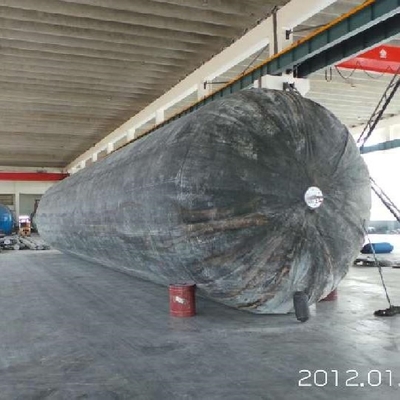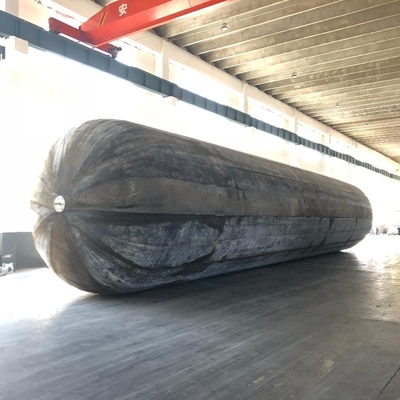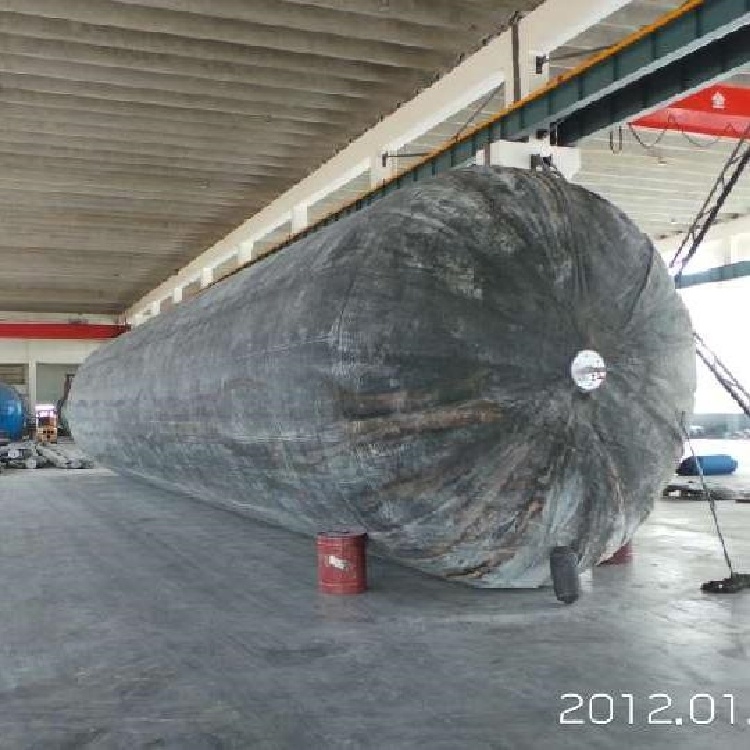Engineering Marine Rubber Airbag For Boat Salvage

In the fields of offshore engineering and ship-related operations, engineering marine rubber airbags for boat salvage are extremely crucial tools. When ships encounter accidents, run aground, or sink, these rubber airbags can play an important role in facilitating the smooth progress of ship salvage work. With their unique designs and performance, they provide reliable solutions for complex marine salvage tasks.
Engineering Marine Rubber Airbags For Boat Salvage's specifications
Some normal sizes of our, engineering marine rubber airbag for boat salvage customized sizes are also available

Working Principle
The working principle of engineering marine rubber airbags for boat salvage is based on Archimedes' principle, which states that the buoyant force an object experiences in a fluid is equal to the weight of the fluid it displaces.
During salvage operations, the rubber airbags are first placed in appropriate positions around or beneath the sunken ship. Then, professional inflation equipment is used to fill the airbags with gas. As the amount of gas inside the airbags increases, the airbags gradually expand, displacing the surrounding seawater, and thus generating an upward buoyant force.
When the total buoyant force generated by multiple airbags is greater than the weight of the ship and the resistance such as the adsorption force between the ship and the seabed, the ship will be gradually lifted, disengaging from the seabed or other trapped positions, thereby achieving the purpose of salvage.
Characteristics of Engineering Marine Rubber Airbags for Boat Salvage
1. High Buoyancy Capacity
These airbags are designed to provide a substantial amount of buoyancy. They can generate significant upward force, enabling them to lift large and heavy sunken ships. Even for vessels of considerable size and weight, a properly configured set of these airbags can effectively counteract the gravitational force and other resistances, facilitating the lifting process during salvage operations.
2. Excellent Durability
Resistance to Marine Environment: Made from high-quality rubber materials, they are highly resistant to the corrosive effects of seawater, which contains various salts and chemicals. This allows the airbags to maintain their integrity and performance over extended periods of exposure to the marine environment during salvage operations.
Abrasion and Tear Resistance: The rubber used in these airbags has good abrasion and tear resistance properties. When in contact with the rough surfaces of the sunken ship or the seabed during the salvage process, they can withstand friction and potential impacts without easily getting damaged, ensuring reliable operation.
3. Flexibility and Adaptability
Shape Conformability: The rubber airbags are flexible and can conform to the irregular shapes of sunken ships. They can be easily placed in various positions around the ship, such as along the hull, under the keel, or in tight spaces, to optimize the distribution of buoyant force and ensure a stable lift.
Adjustable Buoyancy: By controlling the amount of air filled into each airbag, the buoyancy of individual airbags can be adjusted. This flexibility allows for fine-tuning of the overall lifting force according to the specific requirements of the salvage operation, such as compensating for the uneven weight distribution of the ship.
4. High Strength and Stability
Reinforced Structure: These airbags typically have a reinforced structure, often incorporating high-strength fibers like nylon or polyester within the rubber matrix. This reinforcement significantly enhances the airbag's strength and load-bearing capacity, enabling it to withstand the high pressures generated during inflation and the substantial forces exerted by the weight of the ship being lifted.
Stable Inflation: The design of the airbags and their inflation systems ensures stable inflation. They can be inflated evenly and quickly to reach the required pressure, maintaining a consistent shape and buoyant force during the lifting process. This stability is crucial for the safe and efficient salvage of the ship.
5. Reusability
Engineering marine rubber airbags for boat salvage are designed to be reusable. After a successful salvage operation, if they have not sustained significant damage, they can be deflated, carefully inspected, and maintained for future use. This reusability not only reduces the overall cost of salvage operations but also contributes to environmental sustainability by minimizing waste.

 Your message must be between 20-3,000 characters!
Your message must be between 20-3,000 characters! Please check your E-mail!
Please check your E-mail!  Your message must be between 20-3,000 characters!
Your message must be between 20-3,000 characters! Please check your E-mail!
Please check your E-mail! 


